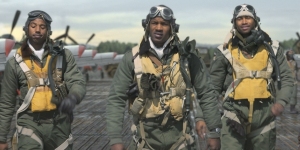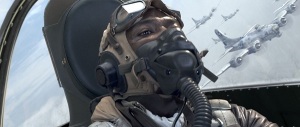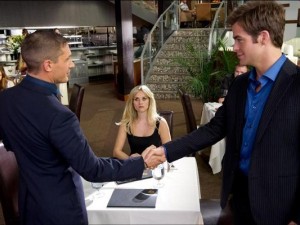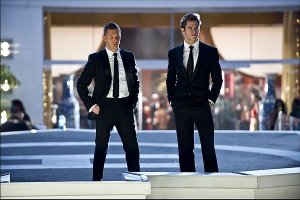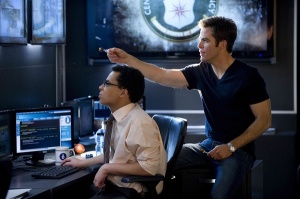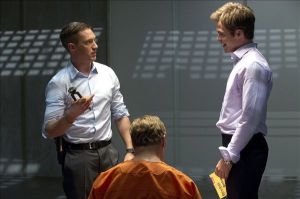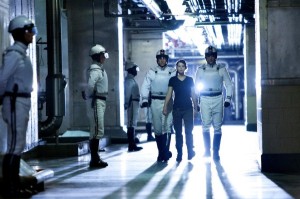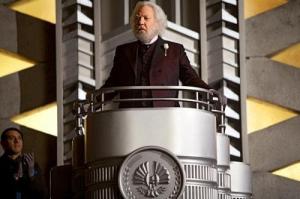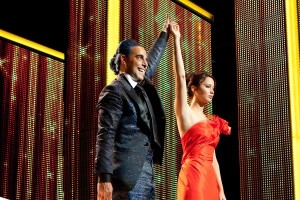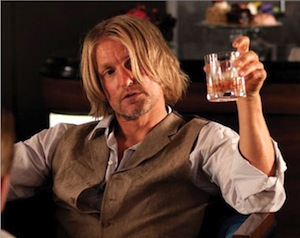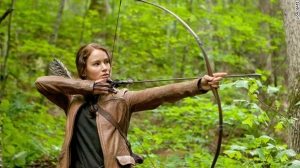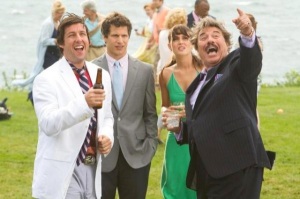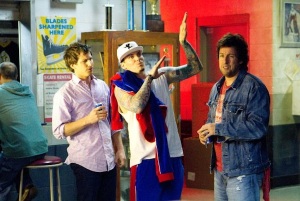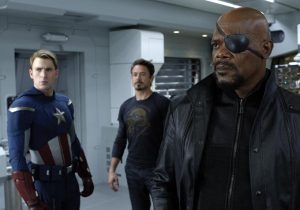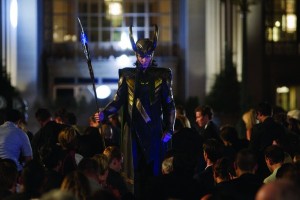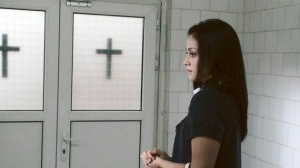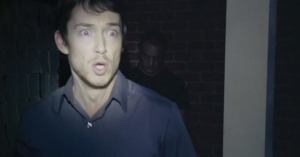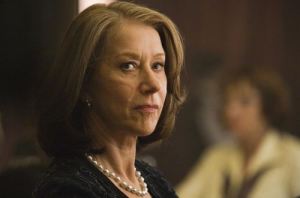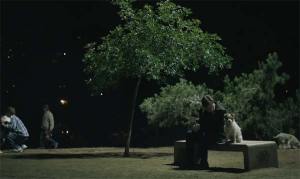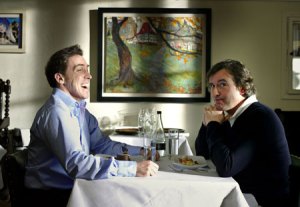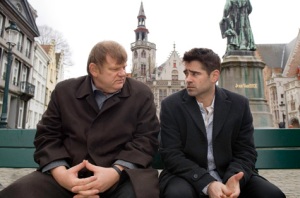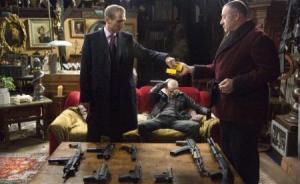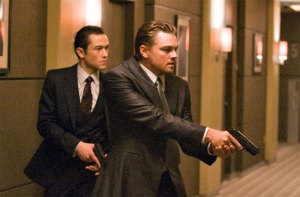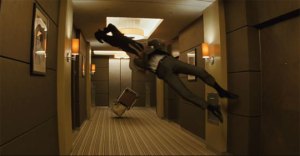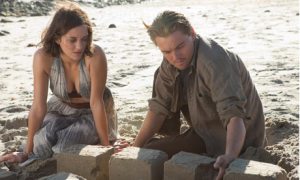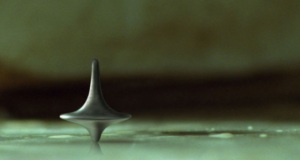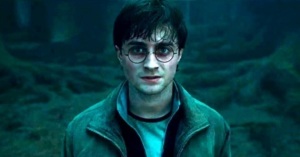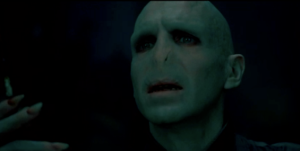Originally Posted December 12th, 2012
Flashback to 2000: 26 year-old David Gordon Green gets distribution for his debut feature, George Washington, which cost less than $50,000 to make. The film is met with wide critical praise and makes an appearance on Roger Ebert's list of the year's ten best films. Peter Travers remarked that Green was, "a writer and director of rare grace and feeling."
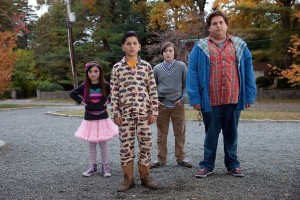
Now flashforward to the release of The Sitter, andyou'd be forgiven for wondering what exactly became of the celluloid poet people talked so highly of. His second comedy this year, and the coda to a stoner-trilogy that started in 2006 with Pineapple Express, the drug of choice may have changed, but The Sitter is the same blend of ludicrous scenarios and foul-mouthing that you've seen from countless lesser directors, and it's just as anemic coming from Green.
Not that the film is lacking for a good hook to inspire all the "one crazy night" antics. Perpetual screw-up Noah (Jonah Hill) must get from the New York suburbs to Manhattan so as to fulfill his girlfriend's cocaine needs. He's willing to ignore the completely one-way nature of their relationship because of the promise of sex that comes with it, to the point that he's willing to drag the three kids he's in charge of babysitting along for the ride. And wouldn't you know it, when those kids include a club-obsessing would-be starlet, a preppy but panicky time bomb and a wander-lusting master of regular bombs, things don't go quite so smoothly for Noah. Comic misunderstandings involving police, potential sex partners, and psycho drug dealers, ensue.

Call it Adventures in Babysitting meets Harold & Kumar Go to White Castle. Adding kids to the mix offers mild freshness to the well-worn story of a simple task made obscenely difficult, and for the first half of the film the children mostly just steer Noah off course and start the plot element chain reactions. Those elements don't really go into any new territory mind you; the cokehead that Noah runs afoul of, Karl (Sam Rockwell), falls neatly in the ranks of other bug-eyed dealers with odd affectations and any unexpected turns are made that way through contrivance. When trying to desperately gin-up $10,000, Noah's plans seem to ignore the car he's already stolen that's worth five times that amount.
Events have a habit of playing out without much thought as to how things got there. Jump five minutes and the film goes from a restaurant, to a Bat Mitzvah, to a diamond heist, with the writers placing priority on creating the crazy situations first, and hoping the other elements develop in the execution. They rarely do, and while, yes, being trapped in your car by a roving gang of body-builders is pretty funny in concept, it would help if the possibilities of such a scenario were explored beyond just existing. It creates long stretches that register without laughter because the film doesn't have enough jokes, let alone good ones. First time writers Brian Gatewood and Alessandro Tanaka never take time for set-up, and let moments that should be punctuated by jokes instead be filled with looks of exasperation and more swearing.
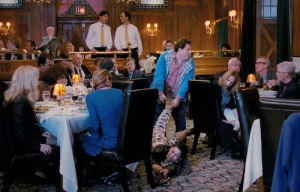
Granted, when you need someone to act stressed and deliver stream-of-consciousness cursing, Jonah Hill's a fine choice. He's an affably uncommanding presence, as even his moments of success have a nervous quality to them, but he can play immature without resorting to petulance, which makes for a likeable lead. He's a solid anchor for the rest of the cast to play off of, particularly the kids, who make the surprisingly sweet heart-to-heart talks some of the film's better moments. A scene shared between Noah and his no-show of a father borders on poignant, and for a moment, it seems like we're seeing The Sitter intersect with another, more observant, movie from Green.
The rest of the cast is strong once given the opportunity to do more than just react wildly to the given situation, and standout moments give the impression of untapped potential (Method Man, as always, is a great addition). At only 81 minutes in length, it's questionable whether or not the film would have benefitted from additional footage. It certainly would have helped the haphazard editing that causes jokes to misfire and characters to appear at a moments notice, but barring a complete plot restructuring, there's really not much more to this premise than is present.
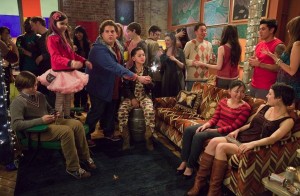
Wishing a film was funnier is a pretty vague complaint, but if you're giving people the same story they've seen a dozen times before, you need to justify it, and the jokes presented here simply don't. There's just not enough humor or intrigue making a case for the existence of The Sitter, and for a film all about living up to your expectations, it looks like Green is doing anything but.
2 out of 5
Directed by David Gordon Green
2011, USA



